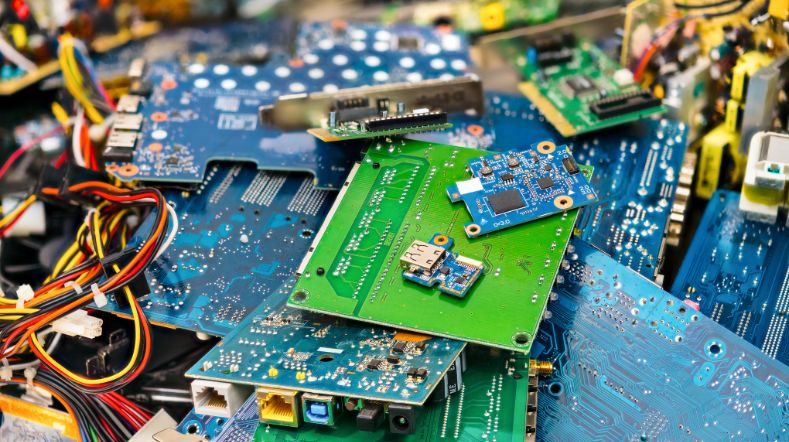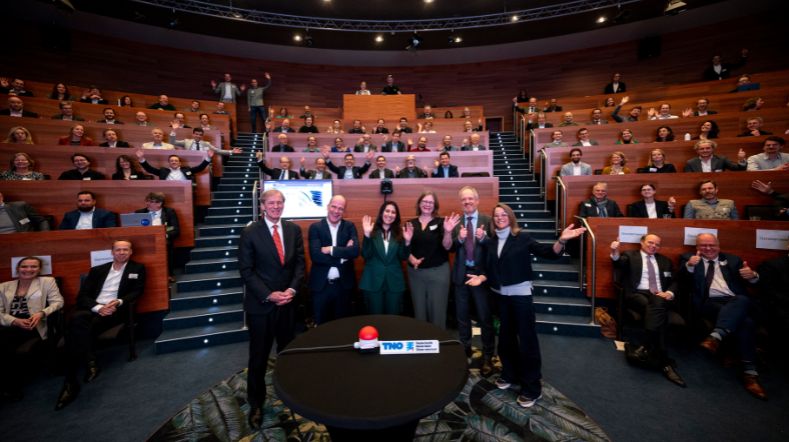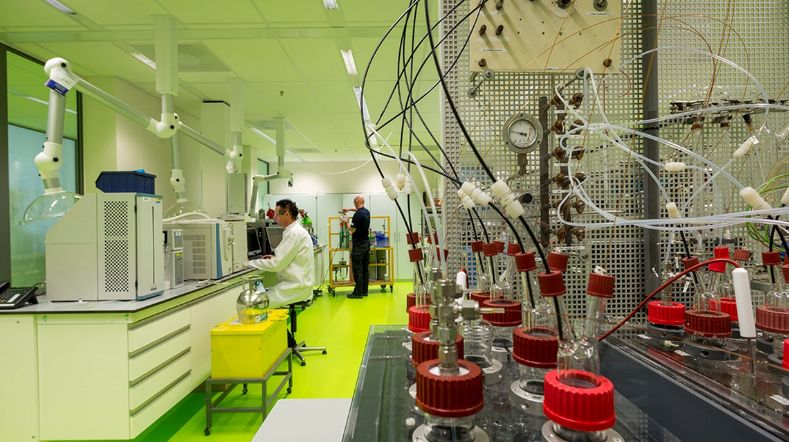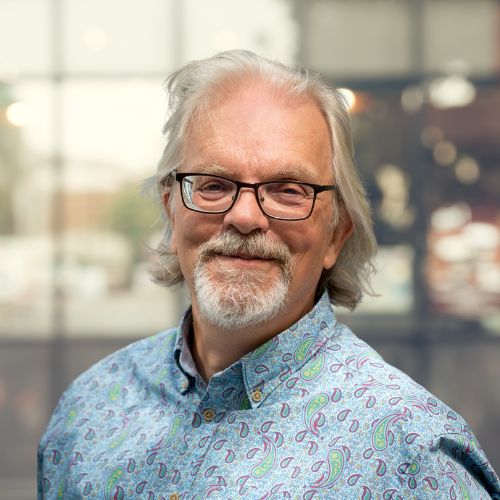
Circular economy: This is how you also determine a product’s social impact
The circular economy is becoming increasingly important. However, while our primary focus is currently on the environment, it is high time to look at it from a social perspective as well. In other words, we need to ask ourselves what a product’s social impact is. TNO is helping companies, sectors and government bodies answer that question by broadening Life Cycle Assessments to include a social component.
Life Cycle Assessments, or simply LCAs, have already been used for five decades to evaluate the impact of the product during its life cycle, from raw material extraction, production and distribution to use, recycling and disposal. The initial reason for reflecting on product impact was the sky-high price of crude oil during the ‘first’ oil crisis of 1973. The environmental effects were added to the mix later, based on an awareness that we need to be mindful of climate change and other factors, such as the depletion of natural resources and the consequences of particulate matter. It is now time to go a step further and ensure that our considerations also include a weighing up of the social impact.
What are the social risks?
Tom Ligthart is an expert in sustainability assessment at TNO. ‘People started to ask themselves to what extent a product also poses social risks fifteen years ago’, he clarifies. ‘What, for example, does the chain look like when it comes to making biodiesel from wood? Statistics from the forestry sector in Finland revealed how many fatal accidents occur in that sector each year. So a shift to biobased can be great from an environmental perspective but, at the same time, it may exacerbate a different problem. An LCA prevents a situation whereby the environmental disadvantages and advantages cancel each other out.’
Child labour and exploitation are additional examples of activities that companies would prefer not to be associated with. As Tom Ligthart continues, ‘We use the Social Hotspots Database (SHDB) and the Product Social Impact Assessment (PSIA) to highlight that in the LCA. Suppose you look at how many hours a worker has to work to create 1 dollar value in a sector in a certain country and you investigate the risks that worker is exposed to. Then you’ll know which social risks are associated with you importing 1 dollar of value from that country/sector combination. That’s what we’re now investigating for the municipality of Amsterdam.’
‘We produce a score per euro of import and a risk class for each product group’
Circular economy in the municipality of Amsterdam
In 2030, Amsterdam wants to be importing fifty percent less non-organic raw materials and be a fully circular city by 2050. ‘You can only meet national targets for the energy transition and circular economy if change also takes place in the regions’, explains Mersiha Tepić, a researcher with the municipality of Amsterdam. ‘It’s logical that these are important themes for us. We’ve also embraced the doughnut economy, which is an economic model based on closing cycles, guaranteeing well-being and, at the same time, not depleting the planet.’
Several years ago, the municipality of Amsterdam asked TNO to assess how much material is used in the city and what environmental impact that has. This led to the creation of the urban materials monitor which experts from the municipality can use to perform LCAs themselves, based on knowledge they have acquired from TNO. As Mersiha Tepić explains, ‘Because we wanted to use the monitor to highlight the social impact as well, we once again reached out to TNO. Together we chose three sample products which we could use to develop the method.’
Social risks per product group
‘Bananas, shoes and aluminium profiles were the chosen products’, confirms Tom Ligthart. ‘Because agriculture can be a dangerous sector to work in, we decided to investigate an agricultural product. So that’s why we chose bananas. We also selected shoes because they are very complex products, involving leather, rubber and metal rings. The third product we selected were aluminium profiles from a completely different sector. We identify which countries the products are imported from, use the SHDB to determine the social risks and then produce a score per euro of import and a risk class for each product group.’
‘What TNO is doing is truly innovative’, Mersiha Tepić believes. ‘But it’s also very complicated. All the insights are global, so it’s unbelievably difficult to follow each step in the chain. I’m curious to find out how this will land in the policy world in due course and what other parties will think of it. In other words, how keen they will be on the method, because so little is known about it at the moment.’
‘Products are often too cheap because the environmental impact and the social impact are not yet included in the price’
The true pricing of a pair of jeans
What are the developments, like those taking place in Amsterdam, going to mean for consumers? Esther Zondervan is a circular plastics expert at TNO. She explains it as follows, ‘Products are often too cheap because the environmental impact and the social impact are not yet included in the price. We can use a detailed LCA to determine that impact and identify hidden costs, in other words the true pricing. Research by ABN AMRO shows, for example, that the social costs and the environmental costs associated with the production of a pair of jeans are 22 euros and 11 euros respectively, giving a total of 33 euros. The price of a pair of jeans varies from 15 to 150 euros. Those figures therefore help consumers to make a fair comparison and a sustainable choice.’
To her delight, Esther Zondervan is seeing that true pricing is becoming more and more popular. ‘Amsterdam even has a shop called the True Price Store which includes hidden costs in its prices. This often makes sustainable products more affordable compared to non-sustainable alternatives. However, the concept has to be promoted and implemented much more broadly. Charging the hidden costs is not something you can do overnight. Neither is it possible to do that for a single type of material. So incentives need to be created for sustainable alternatives.’
Including carpets
Plastics are used in carpets, just as they are in textiles. TNO has carried out a social LCA for that product group as well. ‘Based on the European Circular Sustainable Floor Coverings (CISUFLO) proposal we are focusing on recycling discarded floor coverings’, Esther Zondervan explains. ‘On the one hand, our ambition is to develop new circular quality products while, on the other hand, we want to do something to tackle current product waste flows. Thanks to our links with other sectors, we expect that we’ll be able to replicate the impact of CISUFLO results outside the project.’
Would you like to find out more?
If you would like to find out more about social life cycle analysis and the project in Amsterdam or the European ambitions set out in CISUFLO, or if you are curious about what we could do for you, you can find more information on the website or contact our expert.
Get inspired
Urban mining crucial: more critical and strategic materials from electronics and electrical devices


Prospective Life Cycle Assessments for future-proof product design


Netherlands Materials Observatory (NMO) officially opened


Recovering critical raw materials from LFP Batteries


No energy transition without raw materials transition


